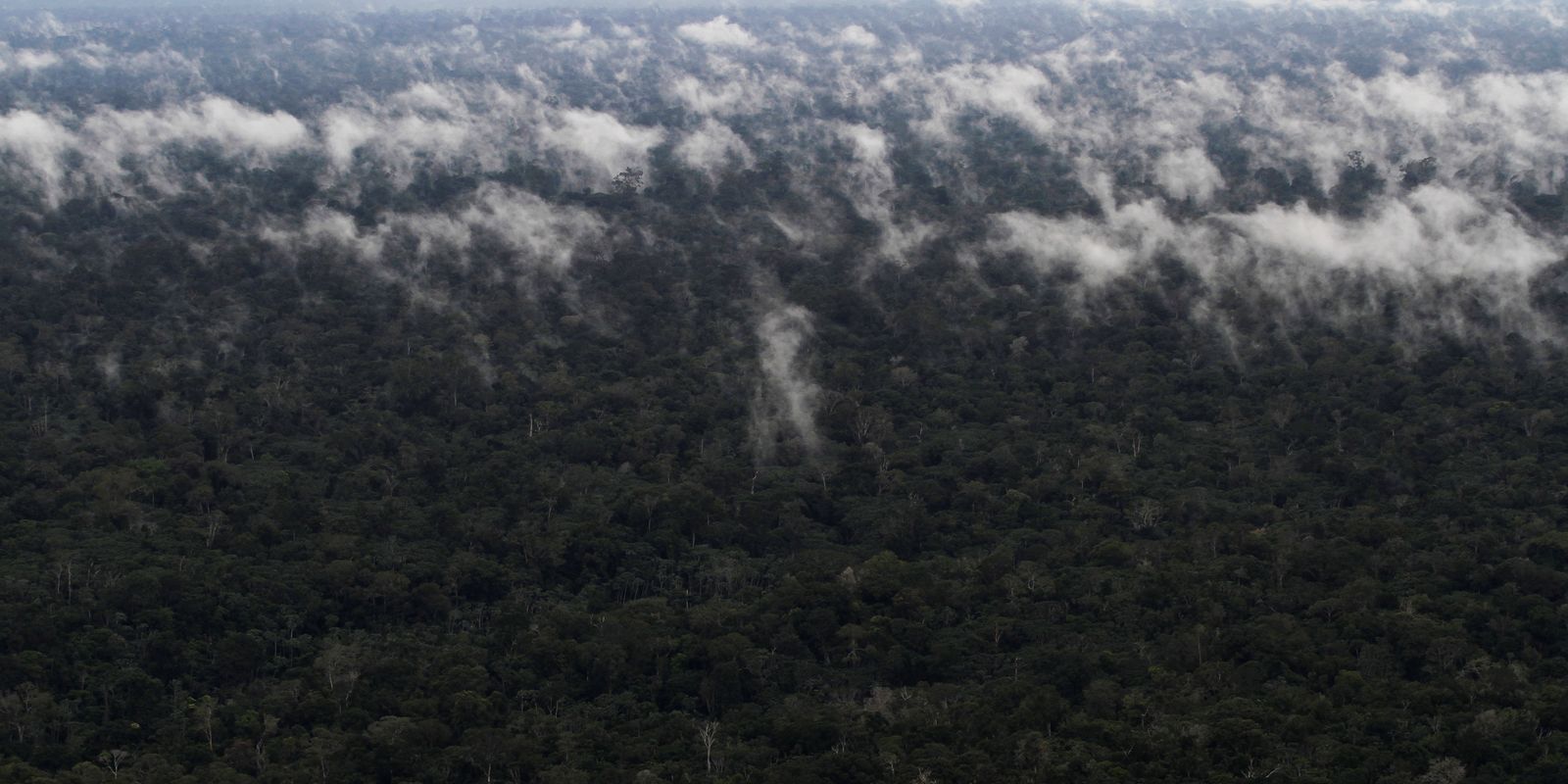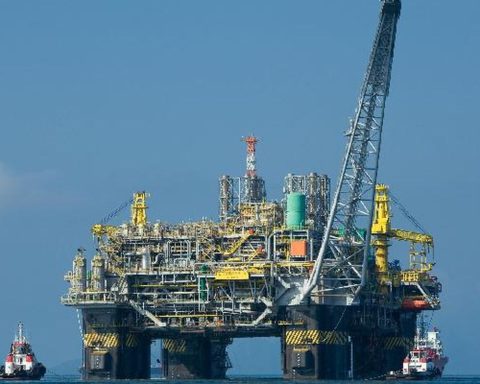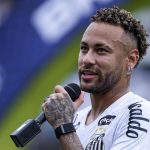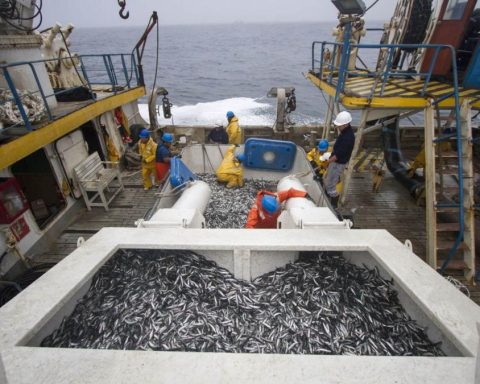The fires in the Amazon from June to August this year resulted in greenhouse gas emissions 60% higher than those observed in the same period last year. According to research published by the Climate Observatory, the fires in the region emitted 31.5 million tons of carbon dioxide (CO²) equivalent into the atmosphere.
The value, according to the Climate Observatory, is close to the total emitted by Norway in one year (32.5 million tons).
Ane Alencar, scientific director of the Amazon Environmental Research Institute (IPAM), who calculated the emissions included in the Climate Observatory survey, points out that the data does not yet take into account the fires that occurred in September. “The worst, unfortunately, is happening now, in September,” she says.
Of the 2.4 million hectares burned between June and August, according to the Climate Observatory, 700 thousand corresponded to forests, the burning of which emitted 12.7 million tons of CO² equivalent.
According to the survey, even after the fires are extinguished, emissions will continue for a few years, due to the decomposition of the burned organic matter, the so-called late emission.
It is estimated that over the next decade, the vegetation destroyed by these fires will emit an additional 2 to 4 million tons of CO² equivalent.
In addition to late emissions, fires also weaken forests and lead to even more intense fires in subsequent years.
“When the forest burns for the first time, it becomes more susceptible to other fires. Trees lose their leaves, fall, and break other trees. This results in more combustible material on the ground. In addition, hot air enters the forest more. In short, it becomes more flammable. When the second fire comes, it is more intense and will emit much more [gases do efeito estufa]”, explains Ane.
According to Marcos Freitas, coordinator of the Virtual Institute of Global Changes (Ivig), linked to the Institute of Postgraduate Studies in Engineering at the Federal University of Rio de Janeiro (Coppe/UFRJ), fires in the Amazon cause more emissions due to a greater concentration of biomass per area.
“Other ecosystems, such as the Cerrado, end up having less biomass per hectare and, therefore, less CO². In the Amazon, we work with 250 to 300 tons of carbon per hectare,” he says. “Other colleagues are very concerned that we will exceed 20% [de desmatamento, em relação ao total da área original] from the forest [amazônica] and you have a very high loss of evapotranspiration, and this causes an increase in drought”, he states.
Greenhouse effect
Greenhouse gases are those that have the ability to trap the sun’s heat in the Earth’s atmosphere. The unit of measurement used for emissions is called CO² equivalent because carbon dioxide is not the only such gas. Others, such as methane (CH4) and nitrous oxide (N2O), have even greater heat-trapping capacities, according to the Intergovernmental Panel on Climate Change (IPCC).
One ton of methane in the atmosphere, for example, is equivalent to more than 20 tons of CO² in terms of heat retention over a period of 100 years, that is, more than 20 tons of CO² equivalent. In the case of one ton of nitrous oxide, the equivalence reaches almost 300 tons of carbon dioxide over 100 years.
The atmosphere is mainly made up of nitrogen (N2) and oxygen (O2), which account for more than 99% of the air’s composition, but which have no heat retention capacity.
On the other hand, even though they account for less than 0.1% of the composition of the atmosphere, greenhouse gases are capable, together with water vapor, of regulating the Earth’s temperature, raising it when their concentration increases or reducing it when their share in the atmospheric composition decreases.
Mitigation
By releasing millions of tons of greenhouse gases into the atmosphere, the fires are a counterbalance to the country’s efforts to reduce its emissions. The scientific director of Ipam emphasizes that these 31 million tons will not even be counted in the inventory of greenhouse gas emissions. This is because only fires related to deforestation to transform the soil cover or sugarcane and cotton crops need to be calculated.
“This needs to start being taken into consideration, because the pressure on the ecosystem is very great”, concludes the Ivig coordinator.



















